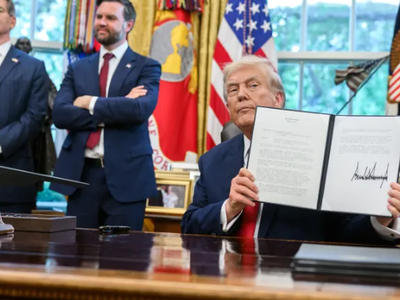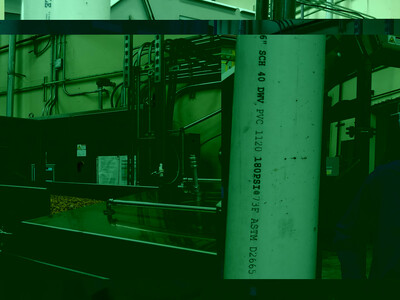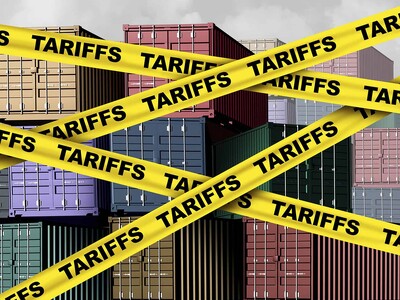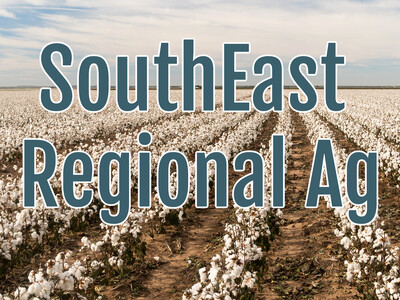WTO Rules In Favor of U.S. Wheat Industry Over China's Unfair Import Tariff Rate Quotas
U.S. Wheat Associates (USW) and the National Association of Wheat Growers (NAWG) welcome the ruling today by a World Trade Organization (WTO) dispute panel that China's government does not fairly administer its annual tariff rate quotas (TRQ) for imports of corn, rice and 9.64 million metric tons (MMT) of wheat. This decision follows a seperate ruling in late February that determined China provides excessive domestic price supports in excess of its WTO commitments. The U.S. Trade Representative (USTR) brought these disputes to the WTO in 2016, armed with clear evidence that China's policies distort world trade of those commodities and create an unfair advantage for domestic production."With these decisions, we call on the Chinese government to come into compliance with the rules it accepted when it joined the WTO," said USW President Vince Peterson. "The world now sees that their policies stifle market-driven wheat trade, block export opportunities and force private sector buyers and consumers to pay more than they should for milling wheat and wheat-based foods. We appreciate that the Trump Administration continues to shine a light on these distorting policies by supporting the WTO dispute cases."
"NAWG applauds the Administration for pressing the WTO to enforce trade rules that ensure fair trade for U.S. wheat growers," said NAWG CEO Chandler Goule. "Further, we appreciate the work done by those Members of Congress who continued to press on this issue ad move the process forward."
China's wheat TRQ was established in its WTO membership agreement in 2001. Under that agreement, China may initially allocate 90 percent of the TRQ to government buyers, or state trading enterprises (STEs), with only 10 percent reserved for private sector importers. The private sector typically imports its full portion due to growing demand for flour from different wheat classes with better milling and baking characteristics than domestically produced wheat provides.
However, China's notifications to the WTO on TRQ usage show an average fill rate of just 25%. The WTO does not require that TRQs fill every year, but it has established rules regarding transparency and administration that are intended to facilitate the use of TRQs.
Considering that China's domestic wheat prices are significantly more than the landed cost of U.S. wheat imported from the Pacific Northwest, Peterson said the TRQ should be fully used if the system were operating fairly, transparently and predictably as the rules intend.
The facts also argue against potential claims that enforcing the TRQ agreement would threaten China's food security. China produces more wheat each year than any other single country and currently holds about 50 percent of the world's abundant wheat supplies. If China met its 9.64 MMT wheat TRQ, its farmers would still produce 90 percent of domestically consumed wheat. Opening the wheat TRQ would also allow private sector millers and food producers to import more of the types of wheat they need, but cannot now obtain, and the benefits would be passed on to China's consumers.
"Once China meets its obligations under the WTO and the temporary retaliatory tariffs are removed, wheat farmers from the United States and other countries can compete fairly for sales to this growing market," Peterson said.

















